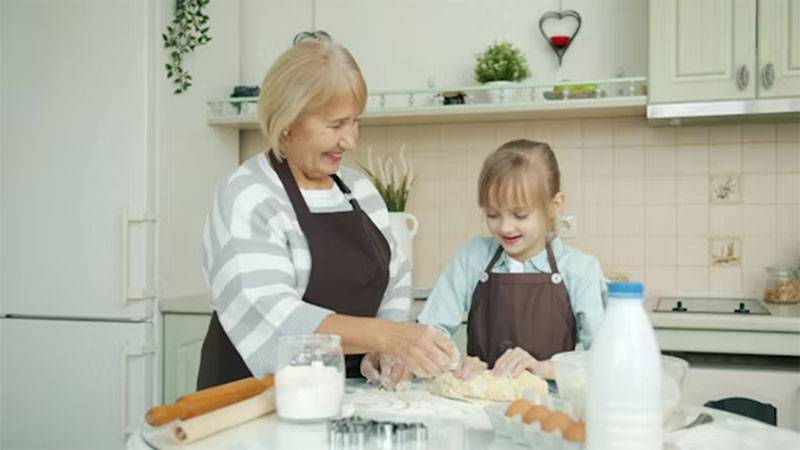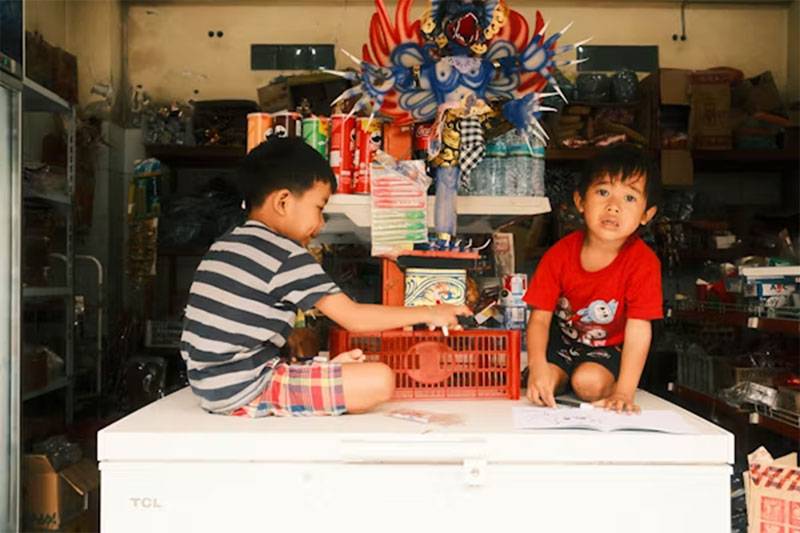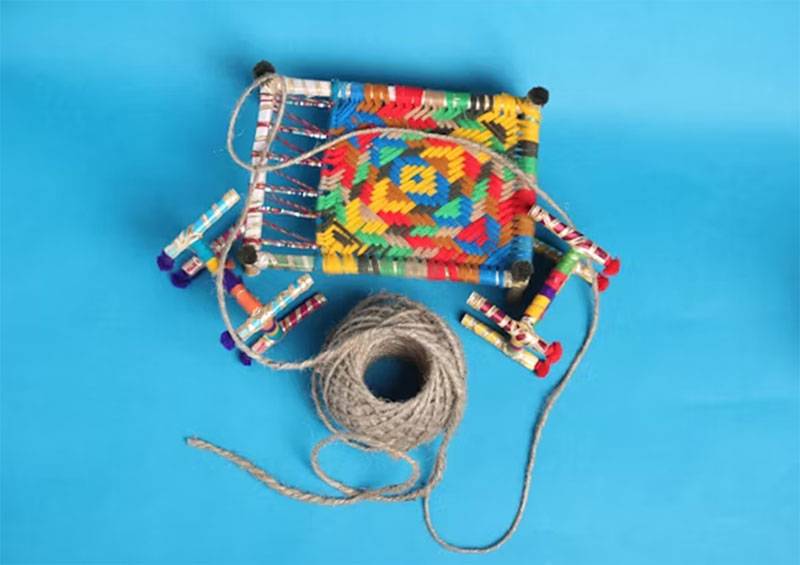Fun and Educational Activities to Do with Kids: Creative Crafts and Life Skills
Teaching children through hands-on activities is one of the most effective ways to help them learn and grow. Whether it’s through creative crafts or practical life skills, engaging kids in meaningful activities can boost their confidence, improve their motor skills, and prepare them for everyday responsibilities. In this article, we’ll explore various fun and educational activities that parents, caregivers, and educators can enjoy with children while fostering their development.
Why Hands-On Activities Matter for Child Development
Children learn best when they’re actively engaged in what they’re doing. Hands-on activities provide opportunities for kids to explore, experiment, and express themselves in ways that traditional learning methods sometimes cannot. These activities help develop fine motor skills, problem-solving abilities, and creativity. Moreover, when children participate in practical tasks alongside adults, they build confidence and gain a sense of accomplishment that stays with them as they grow.
Research has consistently shown that experiential learning—learning by doing—creates stronger neural connections in young minds. When a child physically manipulates materials, follows instructions, and sees the results of their efforts, they’re more likely to retain the information and skills they’ve acquired. This is why incorporating both creative projects and practical life skills into a child’s routine is so valuable.
Creative Craft Projects That Spark Imagination
Crafting with children is more than just a way to pass time—it’s an opportunity to nurture their creativity and teach them about colors, textures, and patterns. One of the most versatile materials for kids’ crafts is yarn. With its soft texture and vibrant colors, yarn opens up endless possibilities for creative projects that children of all ages can enjoy.
Yarn-Based Craft Ideas for Young Children
Starting with simple yarn crafts helps younger children develop their hand-eye coordination and dexterity. Yarn wrapping is an excellent beginner activity where kids can wrap colorful yarn around cardboard shapes, toilet paper rolls, or branches to create decorative pieces. This simple activity teaches patience and introduces children to the concept of patterns and repetition.
Pom-pom making is another delightful activity that kids absolutely love. Using a pom-pom maker or even just their fingers and a piece of cardboard, children can create fluffy balls of yarn that can be turned into animals, keychains, or decorations. The tactile experience of working with soft baby yarns in Australia is particularly satisfying for little hands, and the bright colors available make the finished products even more appealing.
Finger knitting is a wonderful introduction to the world of textile crafts. Without needing any needles or special equipment, children can learn to create long chains of yarn using only their fingers. These chains can be transformed into bracelets, headbands, scarves for dolls, or even pet toys. The repetitive motion is calming for many children and helps them develop focus and concentration.
Advanced Yarn Projects for Older Kids
As children grow and their skills develop, they can progress to more complex yarn crafts. Learning basic knitting or crochet stitches opens up a whole new world of possibilities. Many children as young as seven or eight can learn simple knitting techniques with oversized needles and thick yarn, making the process less frustrating and more rewarding.
Creating yarn art on canvas is a modern craft that combines painting and textile work. Children can sketch a design on canvas, then fill it in by gluing down pieces of yarn in different colors. This technique allows kids to create stunning wall art while experimenting with texture and dimension in their artwork.
Weaving projects using simple cardboard looms teach children about the ancient craft of textile creation while producing beautiful results. Kids can weave pot holders, small rugs, or wall hangings using various colors and textures of yarn. This activity is particularly good for teaching patterns, sequences, and planning ahead—all valuable cognitive skills.
Teaching Kids About Kitchen Safety and Food Preparation
Beyond creative crafts, teaching children practical life skills is equally important for their development. One area that offers tremendous learning opportunities is the kitchen. Cooking with kids not only teaches them about nutrition and food preparation but also covers essential safety practices that they’ll use throughout their lives.
Why Kitchen Skills Matter for Children
Involving children in meal preparation has numerous benefits. It encourages them to try new foods, teaches them about measurements and math, and gives them a sense of responsibility and contribution to the family. However, before jumping into cooking projects, it’s crucial to teach children about proper food safety and hygiene practices.
Understanding food safety from a young age helps children develop habits that will protect them and others from foodborne illnesses. These lessons become the foundation for responsible food handling as they grow into teenagers and adults who may work in food service or simply prepare meals for themselves and their families.
Basic Food Safety Lessons for Kids
Start with the fundamentals of handwashing. Teach children to wash their hands thoroughly with soap and warm water for at least 20 seconds before handling any food, after touching raw meat or eggs, and after any interruption like using the bathroom or playing with pets. Make it fun by singing a favorite song that lasts about 20 seconds to help them time it correctly.
Explain the importance of keeping raw and cooked foods separate. Use color-coded cutting boards if possible—one for raw meats and another for vegetables and ready-to-eat foods. This visual distinction helps children understand cross-contamination prevention in a concrete way they can remember.

Discuss proper food storage and temperature control. Teach kids that cold foods need to stay cold and hot foods need to stay hot. Explain why we refrigerate certain foods and how leaving perishables at room temperature can allow harmful bacteria to grow. For those interested in formalizing their knowledge of food safety practices, pursuing a food handlers certificate can provide comprehensive training in these essential skills, which is particularly valuable for older teens considering work in food service industries.
Temperature awareness is another critical lesson. While young children shouldn’t handle thermometers or hot foods independently, they should understand that proper cooking temperatures kill harmful bacteria. As they get older and take on more responsibility in the kitchen, they can learn to use food thermometers correctly.
Age-Appropriate Cooking Activities
For preschool-aged children (3-5 years), focus on simple tasks like washing vegetables, tearing lettuce, stirring ingredients in a bowl, and spreading soft spreads with dull knives. These activities build confidence while keeping safety at the forefront.
Elementary-aged children (6-9 years) can progress to measuring ingredients, cracking eggs, mixing batters, and using cookie cutters. They can also learn to use a peeler under supervision and begin understanding how to follow a recipe step by step.
Pre-teens (10-12 years) are often ready for more advanced tasks like using sharp knives with proper instruction, managing stovetop cooking under supervision, and preparing simple meals independently. This is an excellent age to reinforce food safety principles as they take on more responsibility.
Combining Crafts and Life Skills: The Best of Both Worlds
Some of the most memorable activities combine creativity with practical skills. These hybrid projects teach children that learning doesn’t fit into neat categories—art, science, math, and practical skills often overlap in real life.
Edible Crafts and Food Art
Creating food art is a perfect example of combining crafts with kitchen skills. Children can design faces on pancakes using fruit, create vegetable sculptures, or decorate healthy snacks to make them more appealing. These activities reinforce food safety practices while encouraging creativity and making healthy eating fun.
Baking and decorating cookies or cupcakes is another classic activity that blends artistry with cooking skills. Kids learn about measurements, chemical reactions (how baking soda makes things rise), and temperature control while expressing their creativity through decoration. Always emphasize proper handwashing and safe food handling during these activities.
Nature Crafts with Practical Lessons
Gardening projects combine outdoor activity with practical knowledge about where food comes from. Starting seedlings in decorated pots made with yarn-wrapped containers connects craft skills with life sciences. Children learn about plant care, the growing cycle, and gain an appreciation for fresh produce—which often makes them more willing to eat vegetables they’ve grown themselves.
Creating herb drying racks is another project that combines crafting with food preservation. Kids can help harvest herbs from the garden, bundle them with decorative yarn or twine, and hang them to dry. This teaches preservation methods while producing something useful for the kitchen.
Organizing Craft and Cooking Activities at Home
Creating a conducive environment for hands-on activities requires some planning, but the investment pays off in reduced stress and increased learning opportunities.
Setting Up a Craft Space
Designate a specific area for craft projects where supplies are easily accessible and messes are manageable. Use clear containers to store materials like yarn, scissors, glue, and paper so children can see what’s available and learn to clean up independently. Label containers with both words and pictures for younger children who aren’t reading fluently yet.
A rolling cart works wonderfully for craft supplies because it can be moved to different areas of the home depending on where you’re working. Include basics like washable markers, crayons, child-safe scissors, glue sticks, and a variety of papers. Rotate specialty materials like yarn, beads, or stamps to keep things fresh and interesting.
Protect your workspace with washable tablecloths or plastic mats, and always have cleaning supplies nearby. Teaching children to clean up after themselves is just as important as the activity itself—it reinforces responsibility and respect for shared spaces.

Creating a Kid-Friendly Kitchen Setup
Make your kitchen more accessible to young helpers by setting up a sturdy step stool that allows them to reach the counter safely. Store child-appropriate cooking tools—measuring cups, wooden spoons, mixing bowls, and cookie cutters—in lower cabinets where kids can reach them independently.
Create a visual guide of kitchen safety rules and post it at child eye-level. Include reminders about handwashing, asking for help with hot items, and keeping the workspace clean. Laminating these guides makes them wipeable and more durable.
Consider investing in child-sized cooking tools like smaller whisks, lightweight bowls, and age-appropriate knives (butter knives for younger children, with progression to supervised use of sharp knives as skills develop). These tools help children feel capable and excited about helping in the kitchen.
Building Confidence Through Accomplishment
One of the most valuable outcomes of engaging children in hands-on activities is the confidence they develop. When a child completes a craft project or successfully helps prepare a meal, they experience a sense of pride and accomplishment that builds their self-esteem.
Celebrating Progress, Not Perfection
Encourage children to embrace the learning process rather than focusing solely on perfect results. A lopsided yarn pom-pom or a slightly burned cookie represents effort, learning, and courage to try something new. Praise the work they put in and the skills they practiced rather than just the final product.
Display children’s artwork prominently in your home. When kids see their creations valued and showcased, it reinforces that their efforts matter. Create a rotating gallery wall where new pieces replace older ones, or photograph projects to create a digital portfolio that documents their growing skills over time.
Encouraging Independence Gradually
As children demonstrate competence with supervised activities, gradually increase their independence. This might mean allowing them to complete familiar craft projects on their own or permitting them to prepare simple snacks without constant oversight.
Create “I can do it myself” recipe cards for age-appropriate dishes they’ve mastered. Include step-by-step instructions with pictures for younger children. These cards empower kids to practice their skills while ensuring they follow safe procedures.
Recognize that mistakes are learning opportunities. When something doesn’t turn out as planned—whether it’s a craft project or a cooking experiment—discuss what happened and what could be different next time. This approach develops problem-solving skills and resilience.
Building Life-Long Skills and Memories
The time invested in hands-on activities with children pays dividends far beyond the immediate enjoyment of the moment. These experiences build skills that children carry into adulthood while creating memories that strengthen family bonds.
Children who learn to craft develop problem-solving abilities, patience, and creativity that serve them in countless areas of life. Those who gain kitchen confidence early are more likely to make healthy food choices, maintain good food safety practices, and feel competent in an essential life skill area.
By incorporating both creative crafts and practical life skills into regular family activities, you’re providing children with a rich learning environment that prepares them for independence while keeping them engaged and excited about discovering new abilities. Whether you’re wrapping yarn around cardboard tubes or teaching proper handwashing before cooking, you’re investing in your child’s development in meaningful, lasting ways.


